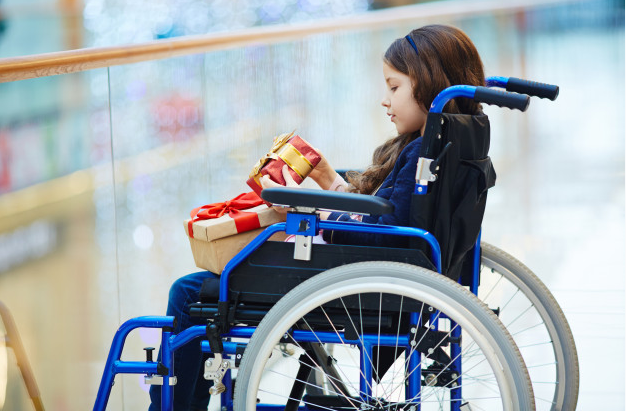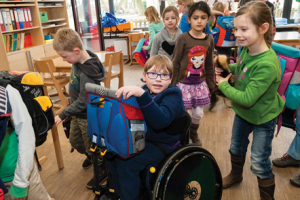
20 Nov Embracing Inclusion or Special Education
Inclusive Education
Inclusion refers to the process of educating children (non-disability/disability), they are all under the same premise and conditions, the ultimate goal is the full participation of all children in school and extracurricular activities.
IEP is a process of continuous school improvement, with a focus on promoting flexible curricula, increasing the quality of teaching and learning, continuous assessment, and educational partnerships.
The features of the system include:
– Open, positive and partnership-based interpersonal relationships
– Providing flexible curricula, educational strategies and support services for students with learning disabilities
– Promoting equal rights, responsibilities, and opportunities
– Partnership with families/parents
Special Needs Education
SNE is designed to meet the learning needs of children with disabilities. It can be divided into different educations based on student’s disabilities.
- The goals are to prepare the child for school, to be ready to interact with teachers and peers and to learn effectively.
- IEPs and progress reports are provided to monitor children’s learning and development progress.
- The methods of special education used in the classroom are tailored to the child’s specific needs. The curriculum meets the individual needs of the child, emphasizing the child’s strengths and educational and character development to maximize the child’s potential.
- Early intervention programs are designed to help children with developmental delays or special health conditions catch up and increase their chances of overall success in school and life.
PROS
- Increases in Access to General Education
Students with disabilities will have frequent opportunities to practice and acquire new skills. They can interact with typical people of the same age to gain a sense of belonging, value, and choice. Each classroom setting has its curriculum, and students’ understanding of the course content may vary.
The classroom environment of general education can provide positive outcomes for students with disabilities:
(a) Higher quality personalized education programs;
(b) More time devoted to general course content;
(c) A better academic, communication, and social outcomes.
2) Enhancement in Communication and Social Skills
Parents and educators who support inclusion believe that over time and with more exposure, students without disabilities develop a positive attitude toward disabled students.
According to Berry’s (2006) research, interventionist teachers create a classroom atmosphere of active participation for all students. Both group teaching and one-on-one teaching can help students with special needs to learn more effectively. Teachers modify classroom group Settings to improve student needs, participation, and social interaction.
CONS
From the students’ perceptions:
– Negative academic self-concept, feeling not accepted and liked by teachers, and worse perception of classroom atmosphere “(Krull et al., 2014, p. 185).
– They may feel frustrated or overwhelmed as they struggle to meet course or assignment requirements.
– Feeling frustration and overwhelmed
From the educators’ perspectives:
– Students with disabilities may greatly affect the progress of other students in the class, thus increasing the workload and burden of teachers.
Praisner’s (2003) survey found that 3 factors determine principals’ attitudes:
(a) The factors related to placement concepts
(b) The role of experience in dealing with disabled students
(c) The types of training in inclusive practice
From the parents’ perspectives:
Parents worry that teachers may not accommodate their children, leaving them behind in their schoolwork. They are less likely to approve of inclusion if the classroom is less controlled, or if teachers are untrained or unwilling to adjust the curriculum.
Palmer et al. (2001) note that “views on inclusion may often be related to views on the general education system itself” (p. 480).
The issues of bullying, even though it may happen to any child, are often something parents concerned about. Especially for children with autism, speech delay, etc, these are often children who are most at-risk of being bullied. They may not able to protect themselves or even communicate these issues to their teachers or parents if they are being bullied in school.
Conclusion
With the advent of modernization, trends and technologies have changed. Society began to emphasize that every child should have an equal opportunity to receive basic education. But special children need special types of teaching methods or care or equipment to be able to go to school and do activities as typical children do.
– Special education is indispensable for children with disabilities or learning disabilities.
-Every exceptional child has a different type and needs different kinds of special help. Inclusion occurs gives some special needs children a chance to get the same education and do the same things with typical friends of the same age, not the exception.
-Some children are born with disabilities or learning disabilities and cannot take care of themselves. This type of exceptional child must receive special education and be taught by appropriate help and professionals.
Therefore, the aim of both inclusion and special needs education is to help children with disabilities to have a better quality of life.
We can have the best of both worlds.


Sorry, the comment form is closed at this time.